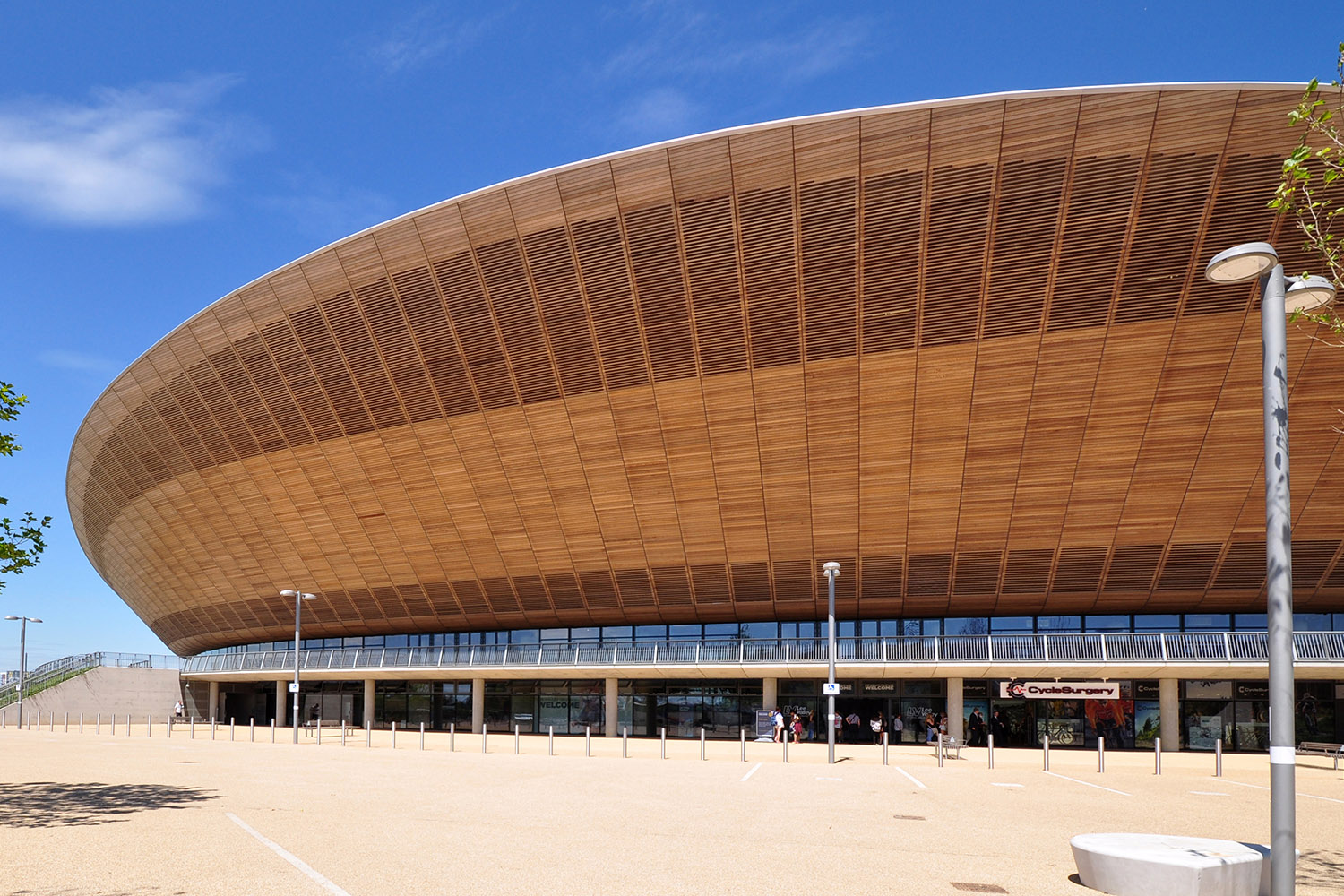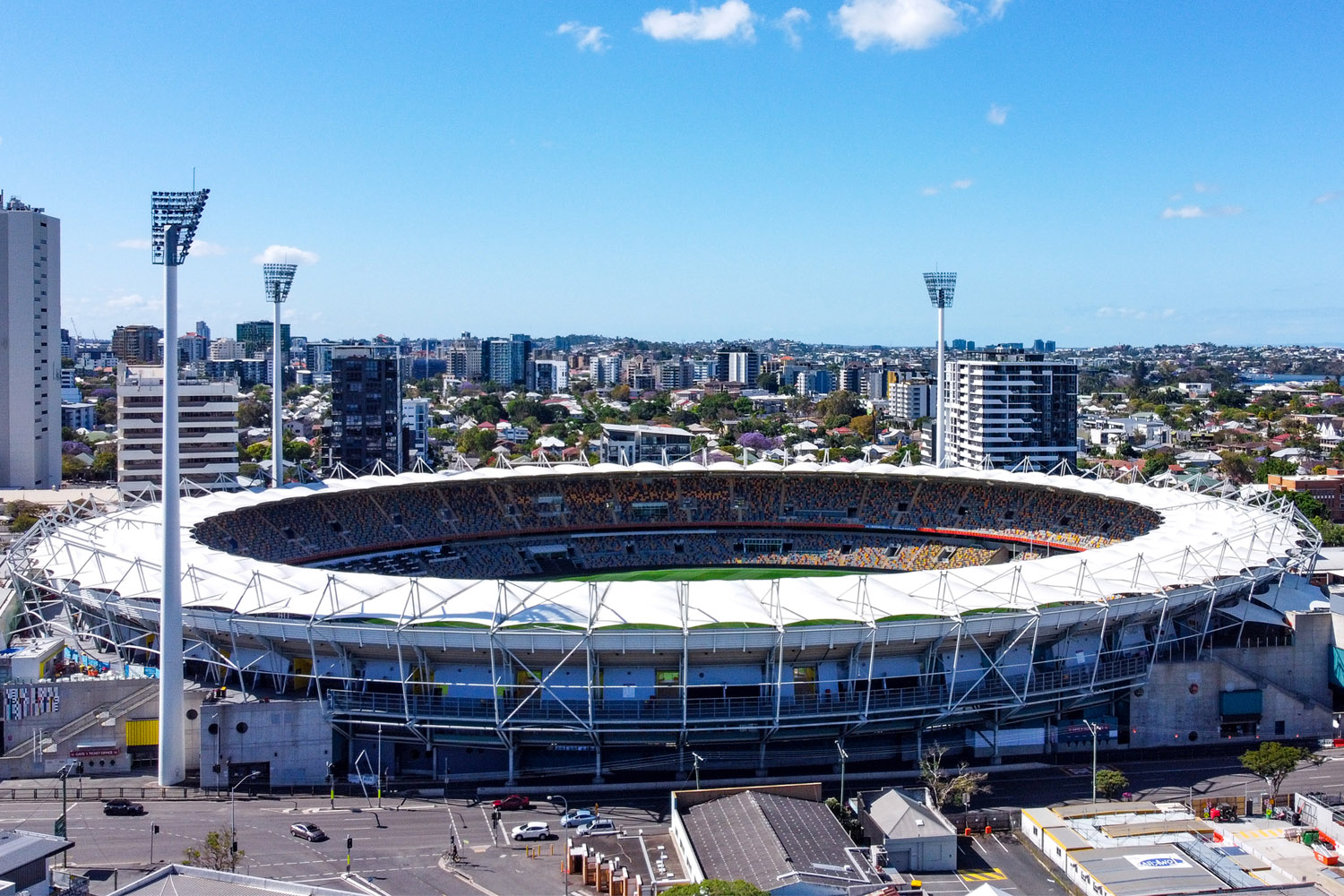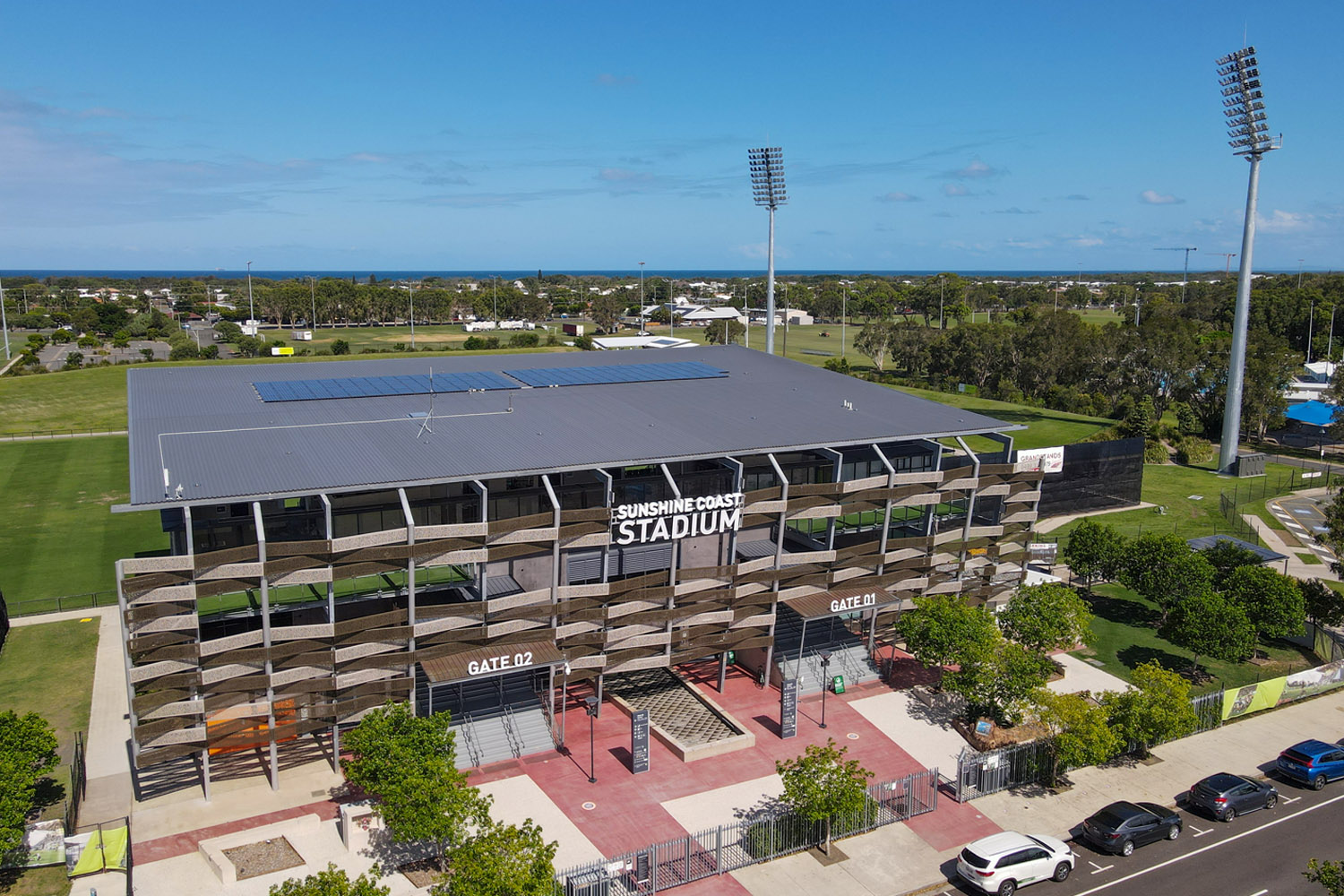
The next decade will see authorities in Queensland pour serious money and resources into transforming Brisbane 2032 into the world’s first climate-positive Olympics. It's a game changing commitment, not just for Australia, but for the shift in mindset it creates at a global level.
Unlike previous Olympics, partnering organisations will be contractually obliged to construct and operate the event with more carbon savings than emissions created. Achieving this will put major constraints on the design, delivery and operation of infrastructure, including sporting venues.
It’s still early days for the games and authorities are developing a detailed sustainability strategy. But the target will encompass a spectrum of measures intended to minimise emissions in line with the Paris Agreement to limit global warming to 1.5°C: organisers aim to offset more than 100% of remaining emissions, and to accelerate Queensland’s transition to a low-carbon economy.
Key targets for the games’ infrastructure include a plan to reuse 84% of existing venues, to use 100% renewable energy during construction and operation, and to ensure that emissions, waste and water event management practices leave a positive impact on the environment.
Far from business as usual for a sporting event, it will require organisers and delivery partners to adopt new technological solutions and innovate radical systems and approaches to ensure deep and lasting environmental benefits.
“Beyond minimising impact, advances in technology and innovation will allow Brisbane 2032 to go further,” says Andrew Liveris, president of the Brisbane 2032 Olympic and Paralympic Games. “They can be a model, an exemplar, for government, business, for the sports and events industry, and for civil society.”
Brisbane’s climate positive pledge builds on a track record of environmental improvements implemented at previous Olympics. London 2012 was the first ever green Olympics and also the first to measure its carbon footprint over the entire project and achieve a zero waste to landfill target. The Velodrome was built with 100% sustainably-sourced timber and the Copper Box was covered with recycled copper.
More recently, the Olympic Village at Tokyo 2020 became Japan’s first hydrogen powered town and last year’s Beijing Winter Olympics set an ambitious goal to use 100% renewable energy.
Looking ahead, Paris 2024 is also striving to become climate positive, but theirs is a voluntary commitment. Brisbane 2032 is obliged to achieve its aims as part of an overarching pledge, by the International Olympic Committee, to make all Olympic Games climate positive from 2030.
From that year onwards, the organising committee for every host city will have to minimise and compensate for direct and indirect carbon emissions and implement zero-carbon solutions that have a legacy beyond the event itself.

London Velodrome
Setting a carbon budget
Specific systems and governance developed for Brisbane 2032 by the Queensland government, will embed climate-positive thinking throughout the games decision-making process. This will include a carbon budget, limiting the amount of carbon the event can produce over a set period and managed in the same way as the financial budget for the event.
Carbon offsetting is a byword for greenwashing in certain circles, but Brisbane’s strategy aims to prioritise investment in offset projects that bring enduring social and environmental benefits for Queensland and Australia.
As part of a process of checks and balances, Brisbane 2032 will be a certified Climate Active Carbon Neutral Event, Australia’s national standard for verifying carbon neutral claims administered by the federal government.
“Games delivery partners, including the Queensland Government and councils, will work with the Green Star Building Council of Australia to ensure venue ratings are achievable and provide optimal design and environmental outcomes at the lowest cost,” says Liveris.
An Olympic Games would be nothing without its sporting venues and the Brisbane 2032 masterplan includes in total 32 venues for the 28 Olympic sports, all located within South East Queensland and spread across three primary zones.
To cut emissions associated with new construction, some 84% of these venues will be existing or temporary, with suitable refits and refurbishments based on the extent to which infrastructure can be reused.
“The games can be a model, an exemplar, for government, business, for the sports and events industry, and for civil society” Andrew Liveris, president of the Brisbane 2032 Olympic and Paralympic Games
Reducing carbon cost and financial cost
This model is not only better for the climate, it is expected to substantially reduce the overall cost of the event. It would set a precedent that the Queensland government claims could be replicated in other mid-sized cities around the world for future Olympic and Paralympic Games.
“We are only constructing new venues to meet the community and industry’s needs,” says Liveris, “saving on cost and ultimately reducing the use of additional construction materials and generating waste.”
However, the 84% commitment lags behind the LA 2028 Games, where a radical reuse approach should mean that no new construction is needed for venues.
Some eight existing venues identified in the Brisbane 2032 masterplan will receive major upgrades. The focal point is the Gabba, the city’s historic cricket ground established some 126 years ago, which will be refitted to host the Olympic and Paralympic opening and closing ceremonies as well as track and field events.
Under current proposals, the existing 41,000-seat stadium will have its foundations rebuilt and expanded to support new grandstands that increase the capacity to around 50,000, and a new running track will be added.
The estimated AU$1bn redevelopment cost has raised eyebrows, as critics question whether it is really critical to the games infrastructure – the government is currently carrying out a project validation report to confirm the actual cost.
Other venues being given a makeover include Brisbane Aquatic Centre at Sleeman Sports Complex, where seating capacity will be boosted to 4,300, to host the artistic swimming, diving and water polo events, and for the paralympic aquatics.
The Brisbane International Shooting Centre in Belmont, originally developed in 1968 and later upgraded to host the Gold Coast 2018 Commonwealth Games, will provide 2,000 seats for Olympic and paralympic shooting. Furthermore, the Sunshine Coast Stadium, a multi-sport venue located at Kawana Sports Precinct will feature 20,000 seats for spectators at the football preliminaries.
Targets for 2032 include a plan to use 100% renewable energy during construction and operation

The Gabba

Sunshine Coast Stadium
Finding sufficient capacity for burgeoning Olympic crowds and athletic events means building six new venues, which include the 17,000-capacity Brisbane Arena in the heart of the city, to host swimming. The Sunshine Coast Indoor Sports Centre, built on the current site of Brothers Rugby Club, will host basketball and the proposed 10,000-capacity Chandler Indoor Sports Centre will replace an existing arena to host gymnastics.
The main athletes’ village will be built on prime waterfront real estate at Hamilton, with smaller accommodation options on the Gold Coast, Sunshine Coast and Kooralbyn, near the rowing venue.
According to Aaron Broughton, Executive Director of the Olympic Infrastructure and Precinct Office at Queensland Department of State Development, Infrastructure, Local Government and Planning, these venues were pre-planned to meet the longer-term legacy needs of the expanding regional population. Crucially, they were “brought forward to be built in time for the games, but not built for the games”.
A strong example of Olympic legacy is the Sunshine Coast Indoor Sports Centre, which will help meet a significant local shortfall of indoor courts. “Even taking into account indoor courts at the university and local schools, the region has a current shortfall of at least 12 courts which, by 2032 will be 18 courts,” says Broughton.
Both newly-constructed venues and significant venue upgrades are required to achieve a six-star Green Star rating from the Green Building Council of Australia. In practice, this means cutting embodied carbon by at least 20%, compared to a reference design, and achieving net-zero carbon in operation.
The Green Star assessment tool includes credits related to material use and recycled content, which alongside the use of new low carbon material, should help cut embodied carbon.
To cut emissions associated with new construction, 84% of venues will be existing or temporary
Clean energy Olympics
Olympic authorities also have to clean up the event’s energy supply to guarantee 100% clean renewable electricity throughout construction and operation.
According to Broughton, this will require “the most significant industry-wide change”, primarily due to the current lack of renewable fuel and compatible machinery in the country.
“100% renewable fuel is not currently available in Australia in commercial quantities,” he says. “The majority of construction industry machinery is powered with mineral diesel, which can be blended with up to 20% biodiesel to reduce emissions by up to 17%.”
In a drive to transform supply, the Queensland government has outlined a 10-year roadmap for a AU$1bn sustainable industrial biotechnology and bioproducts sector. This includes a recent AU$500m investment into a renewable diesel and sustainable aviation fuel biorefinery in Gladstone, with construction due to begin in 2023.
The carbon-positive target raises other major challenges for infrastructure, says Broughton. Building lifecycle assessment, for instance, remains a fledgling field, yet games planners need to understand the whole-of-life asset costs/benefits of carbon-positive infrastructure.
Furthermore, global demand for skilled labour will make it harder to recruit a workforce “with capabilities and skills in sustainable infrastructure from design to completion,” says Broughton.
At a strategic organisational level, Liveris says that there is a need to consider infrastructure operations holistically, from the procurement framework to sustainable purchasing, to a circular economy model of delivery. “We need to develop the strategy, then categorise the initiatives to get us to our goal.”
The Brisbane 2032 Sustainability Strategy will be produced at the same time as an overarching master schedule, he says, to ensure that “sustainability is intertwined as a model across everything we do”.
The Olympic Village at Tokyo 2020 became Japan’s first hydrogen powered town


